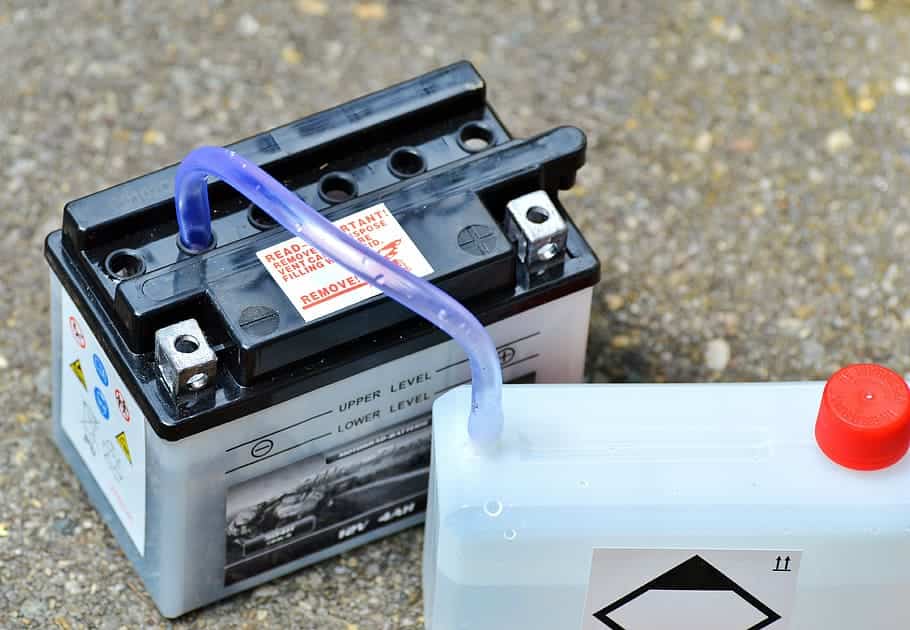
The European Union awarded over €150 million for developing green battery technologies. Battery2030+ is the initiative that will coordinate the research projects, aiming to create the future’s sustainable batteries. With McKinsey forecasting global battery demand to reach the 1700 GWh threshold in 2050, Europe wants to claim a world-leading position in battery development and production.
- The EU invests €150 million in Battery2030+, an initiative to research future batteries.
- Six projects will kick off immediately, investigating self-healing and smarter batteries.
- More studies are expected to start in 2024 and 2025.
Professor Kristina Edström, teaching inorganic chemistry at Uppsala University, Sweden, is the lead and the coordinator of the whole Battery2030+ initiative. “The ultimate goal is to better understand the dynamic processes within the battery to further advance technological growth in this vital field. EU’s commitment to sustainable energy solutions is evident in Horizon Europe’s continued support of these trailblazing projects,” says Edström.
Self-healing and smart batteries
Battery2030+’s focus from day one has been developing green, high-performing, and long-lasting batteries. The initiative acts as a long-term roadmap for forward-looking battery research in Europe. Specifically, the guiding principle is to use a chemistry-neutral approach in researching battery technology. Rather than focusing on one chemical element over another, the idea is to develop a toolbox that can accommodate future-proof battery design.
The six financed projects – subsidized through the Horizon Europe budget – will focus on sensing and self-healing mechanisms for improved battery reliability and complex interfaces between two crucial battery components, the anode and the cathode. To enhance reliability, the ability of a battery to sense damage and restore its functionalities is critical for longer-lasting batteries. At the same time, improving the connection between the electrodes and electrolytes greatly enhances the battery quality.
Three projects focus on sensing and self-healing. These are Phoenix – led by the Vrije Universiteit Brussel (VUB) – Salamander – led by the Institute for Energy Technology in Norway – and Healingbat, led by Dortmund Technical University. The three focusing on interfaces between electrolytes and electrodes are Opera, directed by the Universidad Autonoma de Madrid; Opincharge, led by the Luxembourg Institute for Science and Technology; and Ultrabat, led by the Technical University of Denmark.

Previous research
In addition to these six projects, ten more are set to start next year thanks to a €60 million budget, and nine more in 2025 – with an additional €60 million. Production and recycling will be the focus areas of some of them, while others will be data science-driven.
The Battery2030+ project is part of the European Battery Alliance, the EU’s grand battery initiative. In a previous round of funding in 2020, the project received €40.5 million to support six studies.
The BIG-MAP project is the largest one and aims to speed up battery discovery by disrupting how batteries are invented. BAT4EVER and HIDDEN researched smart functionalities of batteries, namely self-healing properties. INSTABAT, SENSIBAT, and SPARTACUS worked on creating different methods for sensing the state of the battery, both internally and externally.
What’s the European Battery Alliance?
The European Battery Alliance (EBA250) is the European Union’s initiative to establish its competitive and sustainable battery manufacturing value chain. Creating such an ecosystem was considered imperative by the Commission in accommodating the green transition. The EBA250 created a network of public and private organizations comprising over 800 actors, including universities, manufacturers, and financial institutions. EIT InnoEnergy drives the industrial development program of EBA.
The batteries of the future
In 2018 – when the Battery2030+ initiative kicked off – researchers expected global battery demand to increase by 14 times by 2030. The main driver of this expansion is electric mobility, albeit batteries are crucial for stashing renewable energy, too.
As of now, lithium-based rechargeable batteries take the largest share of the market, as they perform well in many applications. However, they are approaching performance limits, which is why more research and breakthroughs are essential to designing the batteries of tomorrow.

